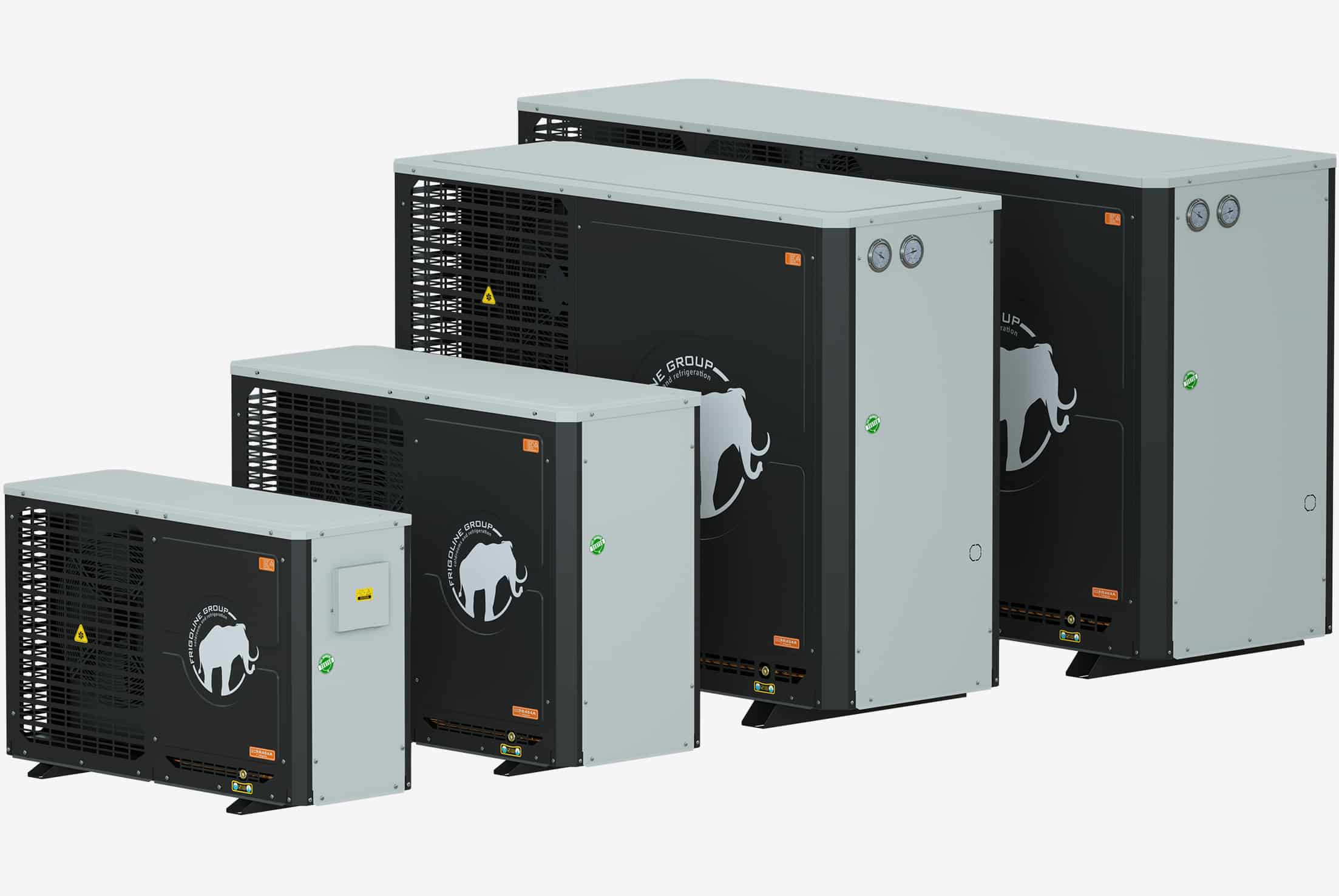
mushroom growıng rooms
Mushroom cultivation is an ancient practice that has evolved into a sophisticated science, offering a fascinating journey from spore to harvest. This guide delves into the intricate world of mushroom growing, emphasizing the significance of cold storage in optimizing the entire cultivation process.
The Mushroom Cultivation Process: From Spore to Harvest: Mushroom cultivation begins with careful preparation of the growing medium, often a substrate like compost or straw. Spores are introduced to this medium, and under controlled conditions of humidity, temperature, and light, they germinate and develop into mycelium. As the mycelium spreads, it forms the foundation for mushroom growth. Eventually, primordia – tiny mushroom pins – emerge, signaling the onset of the fruiting stage. With diligent care, these pins transform into mature mushrooms ready for harvest.
Cold Storage: Preserving Quality and Extending Shelf Life: Cold storage plays a pivotal role in the mushroom cultivation process, contributing significantly to the quality and shelf life of the harvested fungi. Once mushrooms are harvested, they are susceptible to deterioration caused by moisture, microbial growth, and enzymatic activity. Placing them in cold storage immediately after harvest slows down these processes, preserving the mushrooms’ texture, flavor, and nutritional content.
Importance of Proper Temperature and Humidity: Maintaining the right temperature and humidity levels in cold storage is crucial. Mushrooms thrive in cool environments, typically within a range of 32 to 45°F (0 to 7°C). This temperature range inhibits the growth of spoilage organisms while keeping the mushrooms dormant. Additionally, controlling humidity prevents moisture loss, which can lead to shrinkage and loss of quality.
Extending Shelf Life and Minimizing Waste: Cold storage extends the shelf life of harvested mushrooms, allowing growers to stagger their distribution and reduce waste. Properly cooled mushrooms can stay fresh for an extended period, ensuring that they reach consumers in optimal condition. This is particularly advantageous for mushroom growers who supply to restaurants, grocery stores, and other retail outlets.
Integration of Technology and Cold Storage: Advancements in cold storage technology, such as automated temperature and humidity control systems, have revolutionized the mushroom growing industry. These systems ensure that mushrooms are maintained at the ideal conditions, minimizing human error and maximizing quality.
Conclusion: Mushroom growing is a captivating blend of science and art, requiring a deep understanding of biology, environmental conditions, and careful attention to detail. Cold storage serves as a critical pillar in this process, safeguarding the fruits of labor and ensuring that the mushrooms remain at their peak until they reach eager consumers. By embracing the significance of cold storage, mushroom growers can cultivate a thriving business that delivers consistently fresh, high-quality mushrooms to tables around the world.



